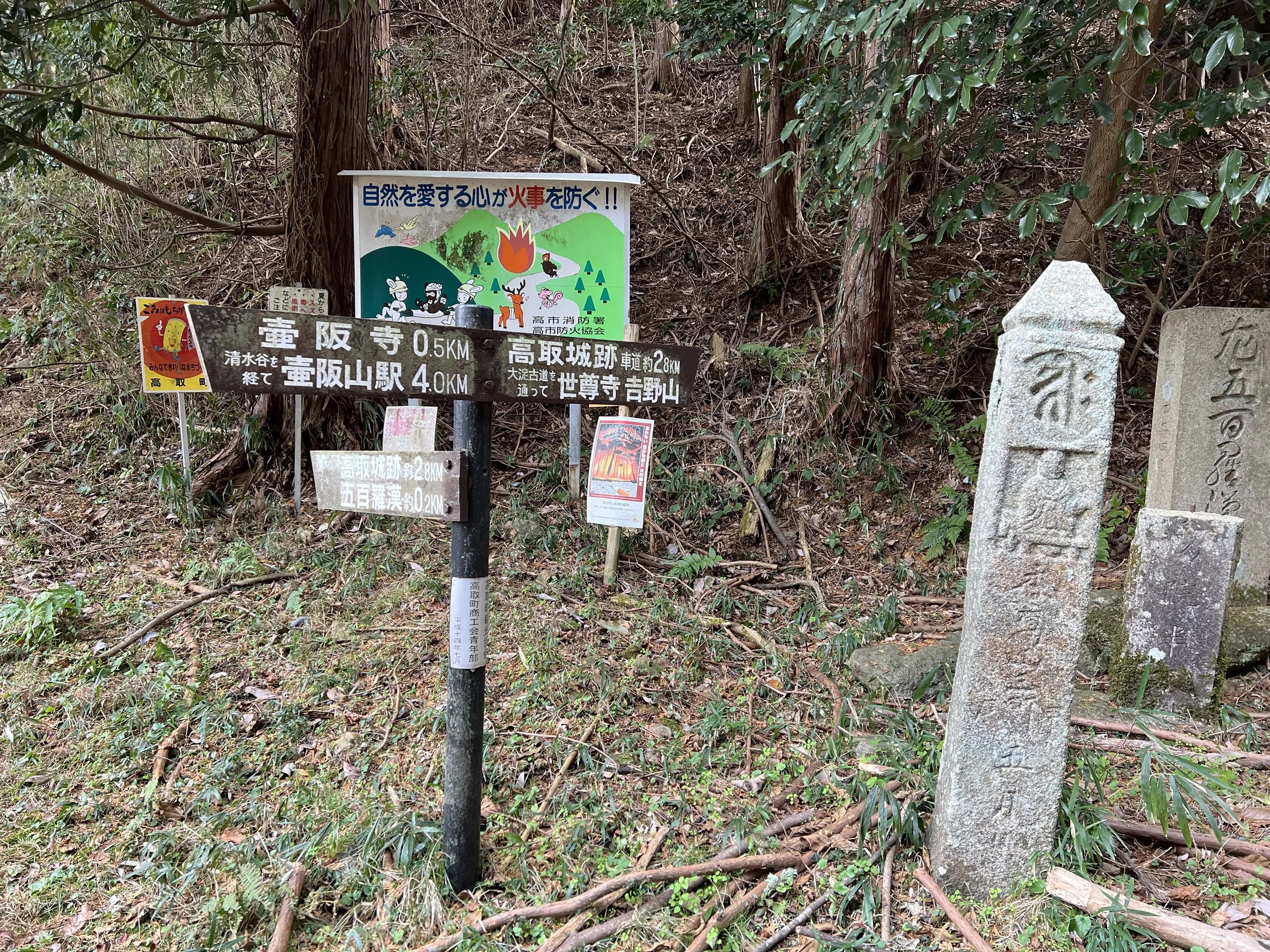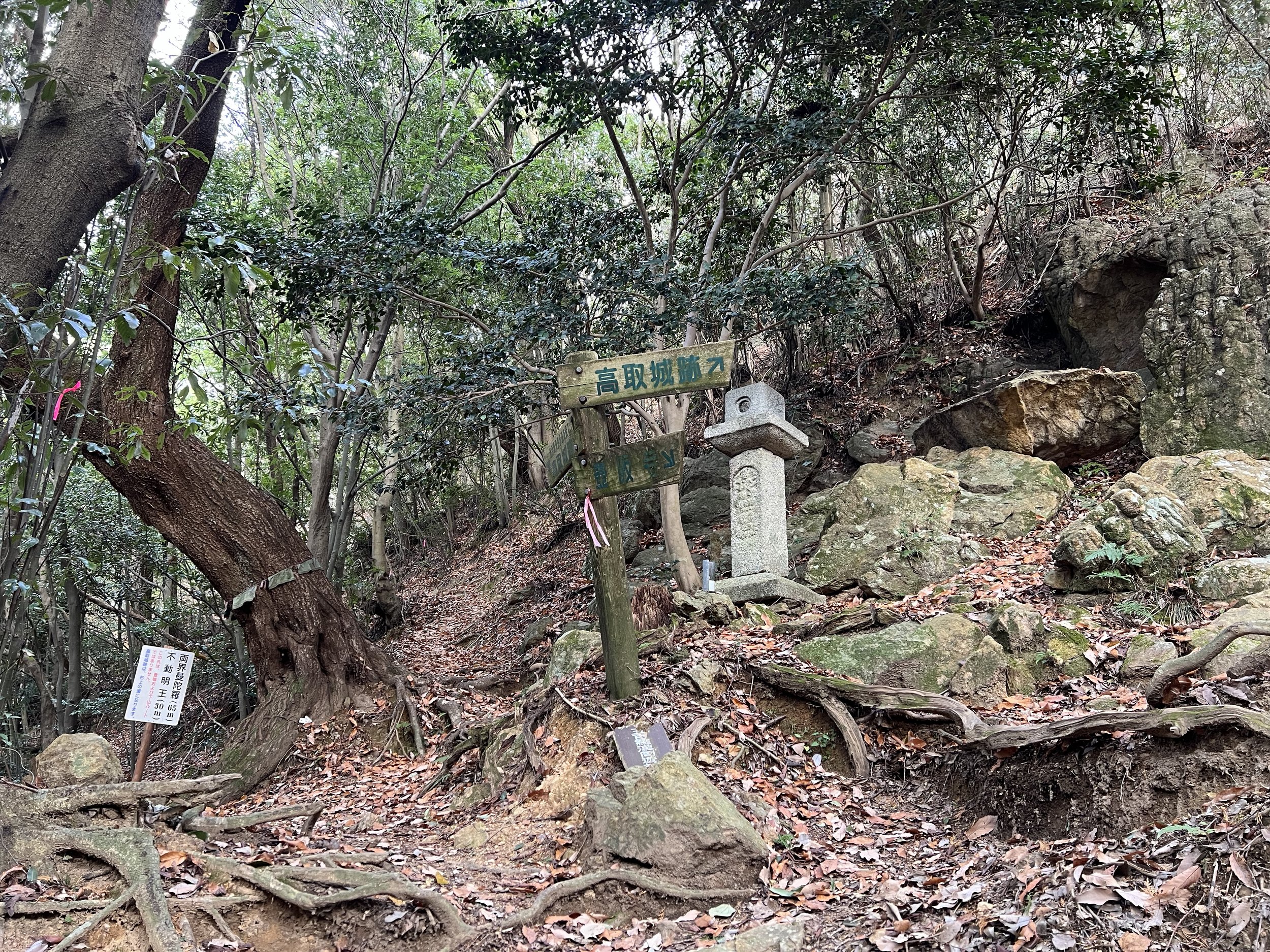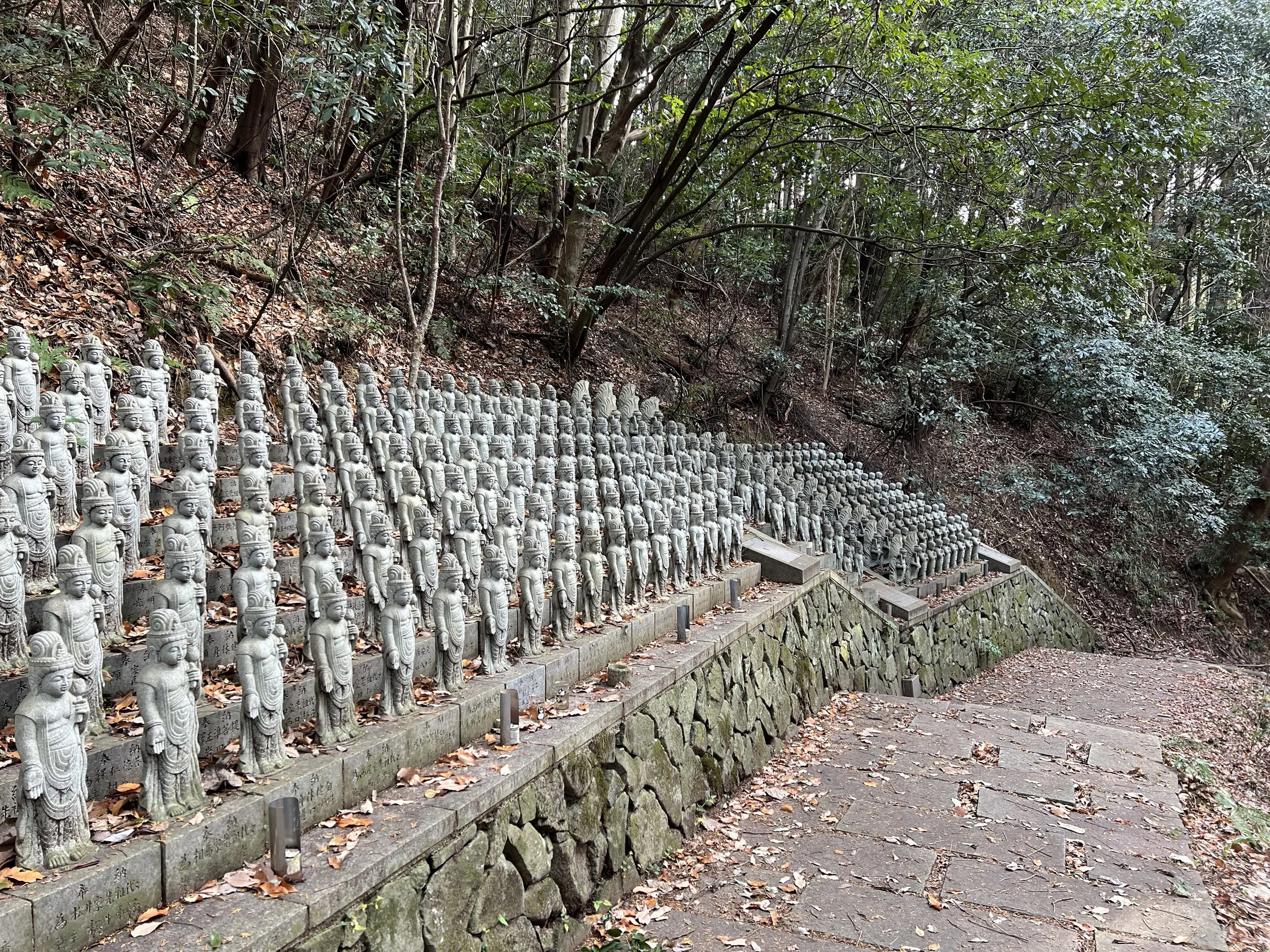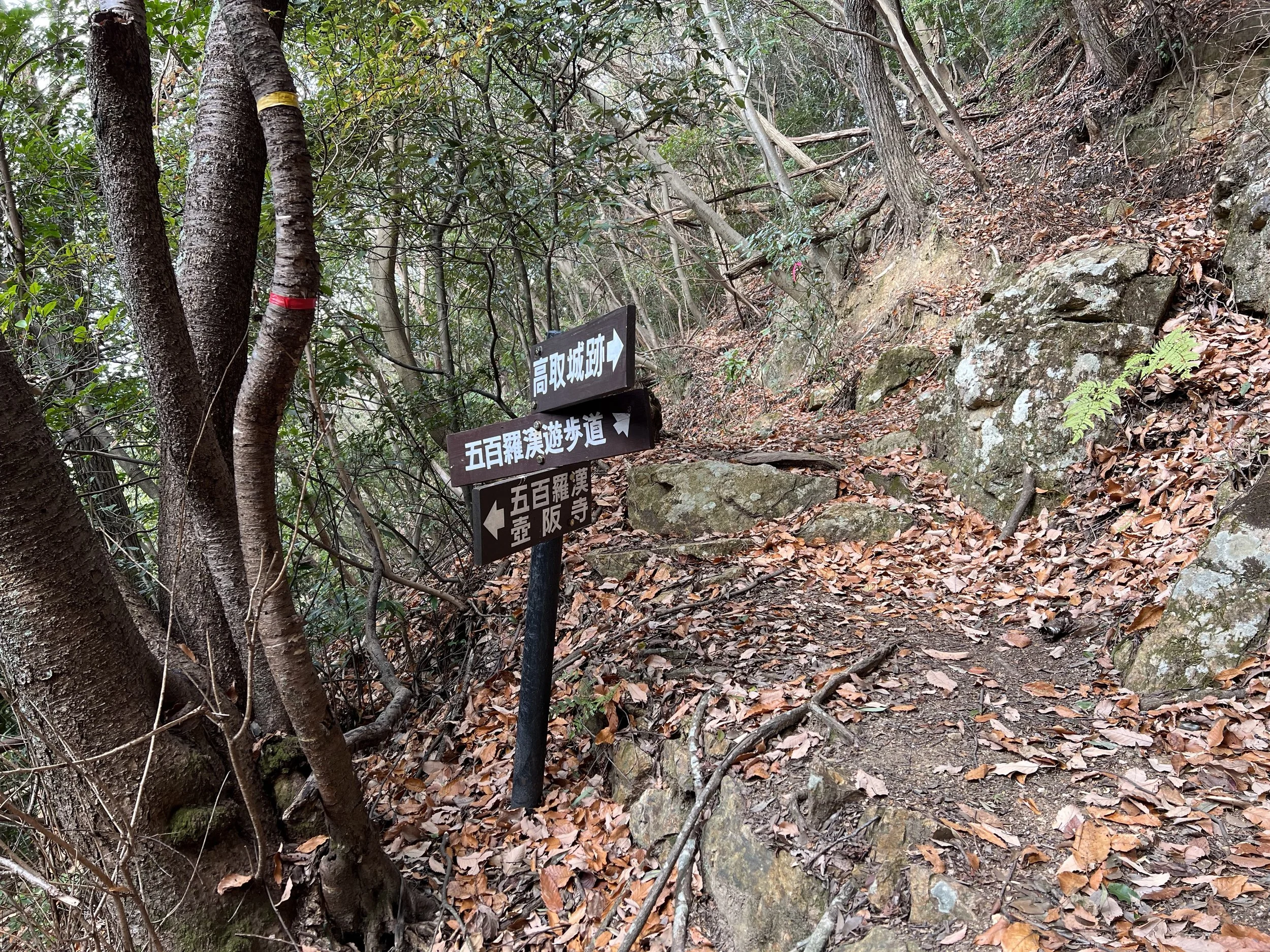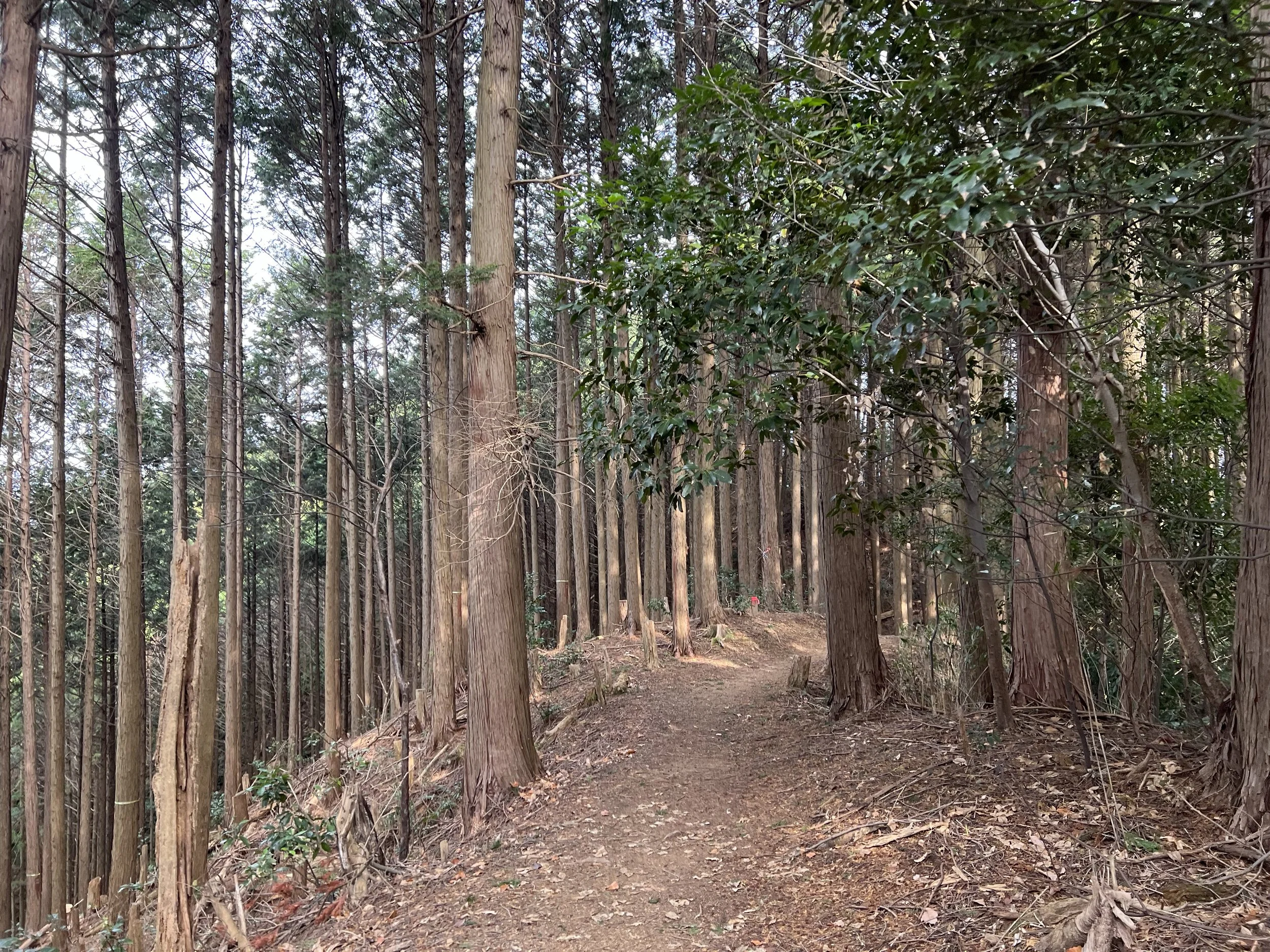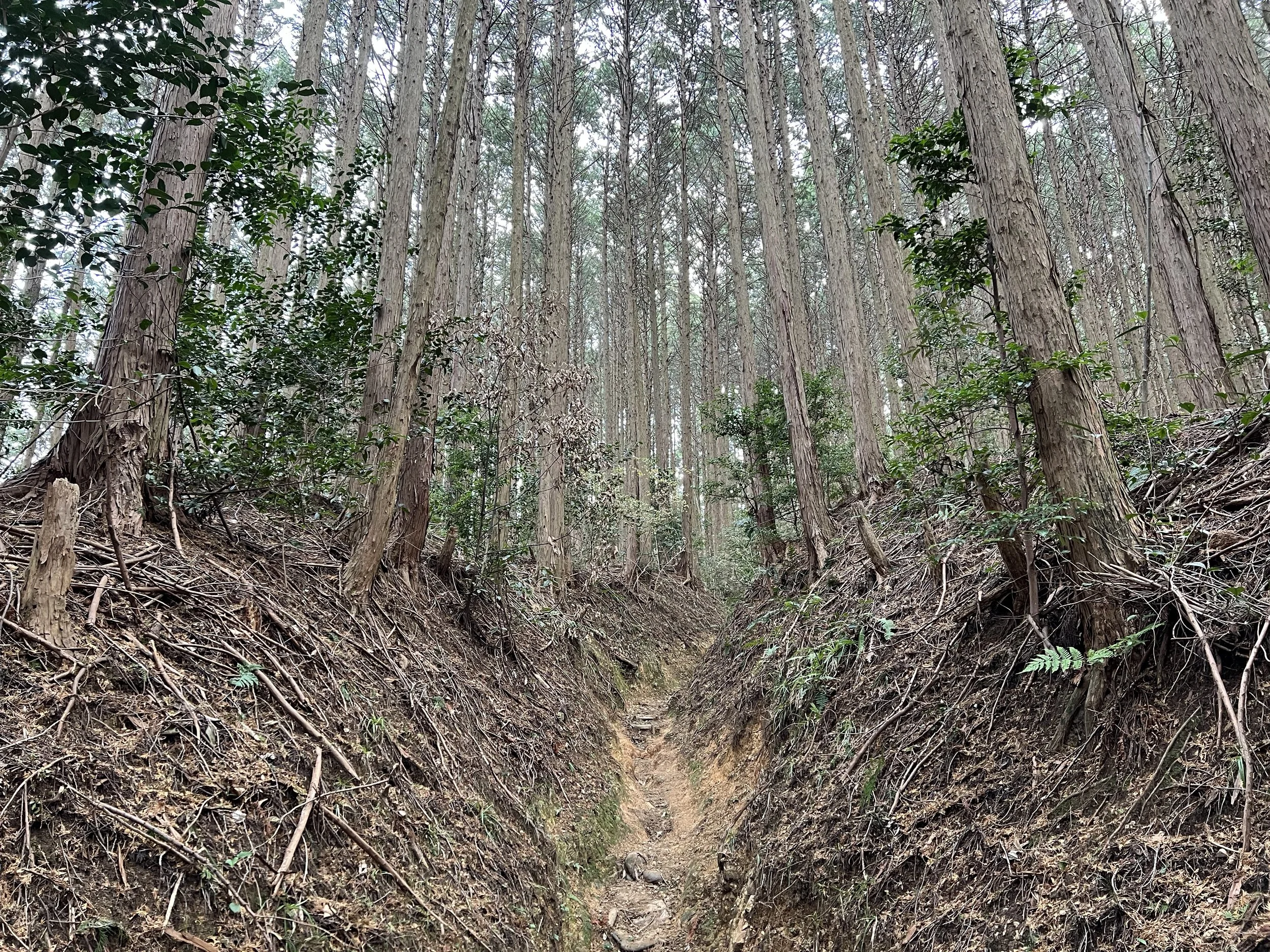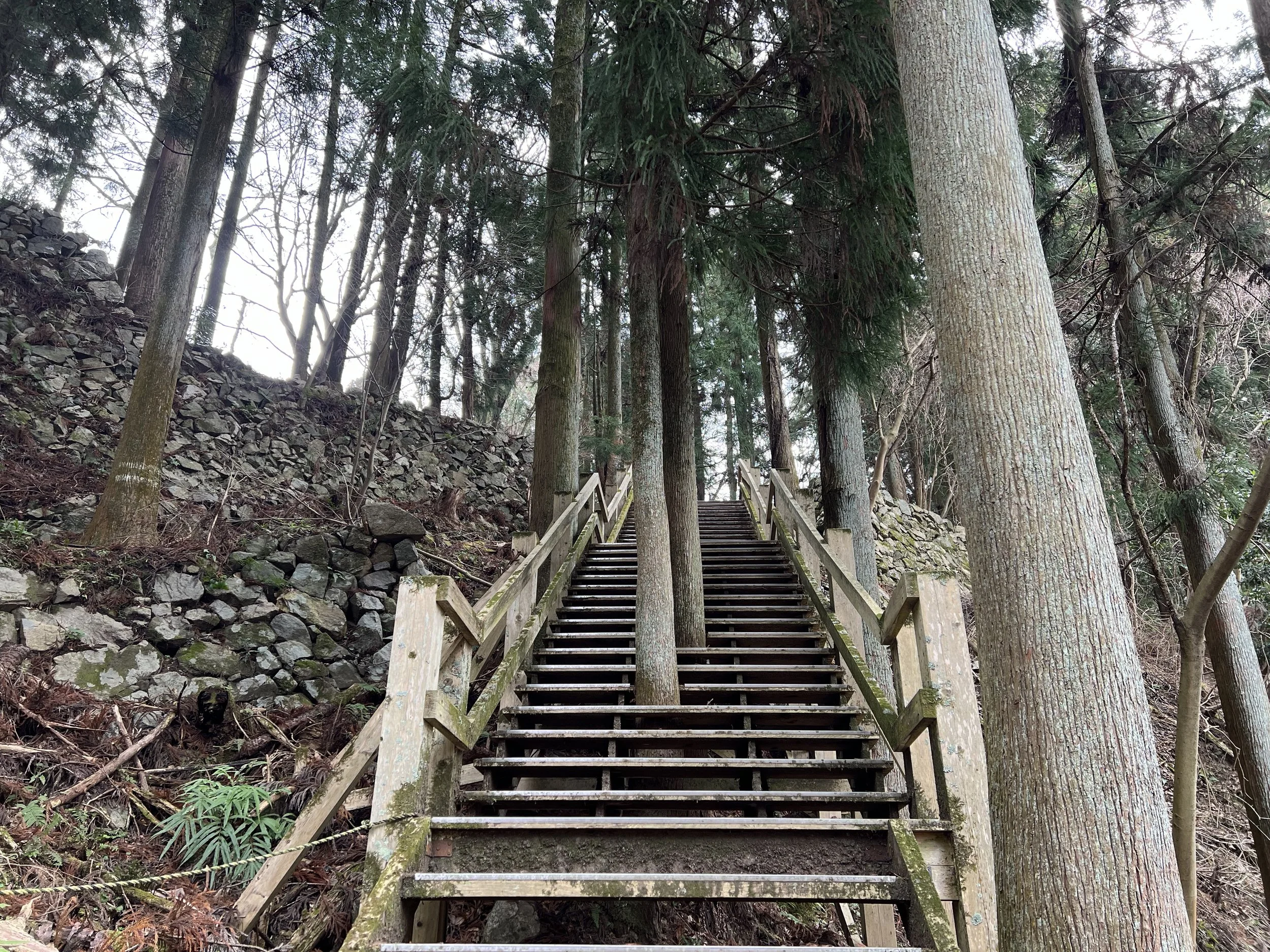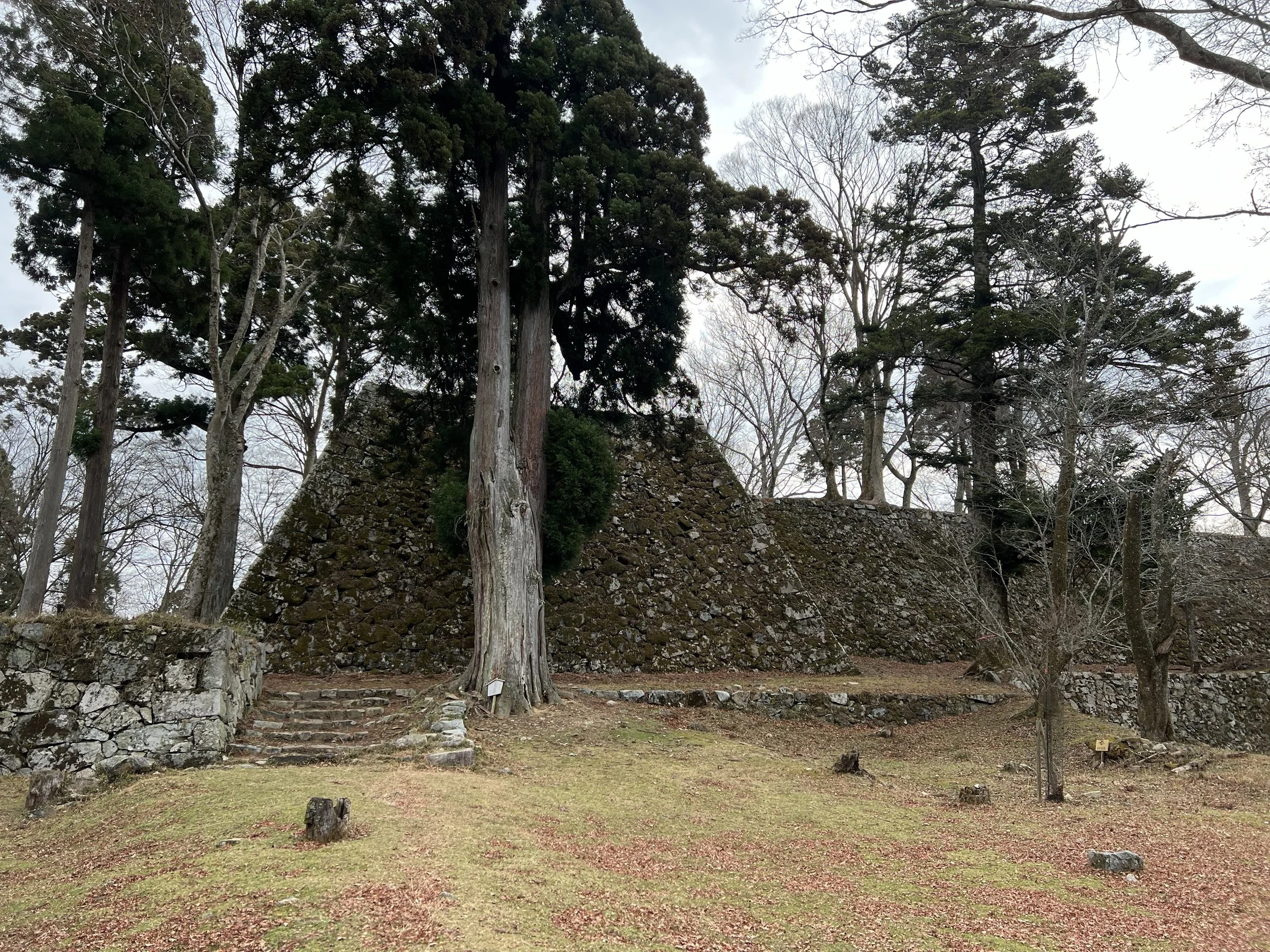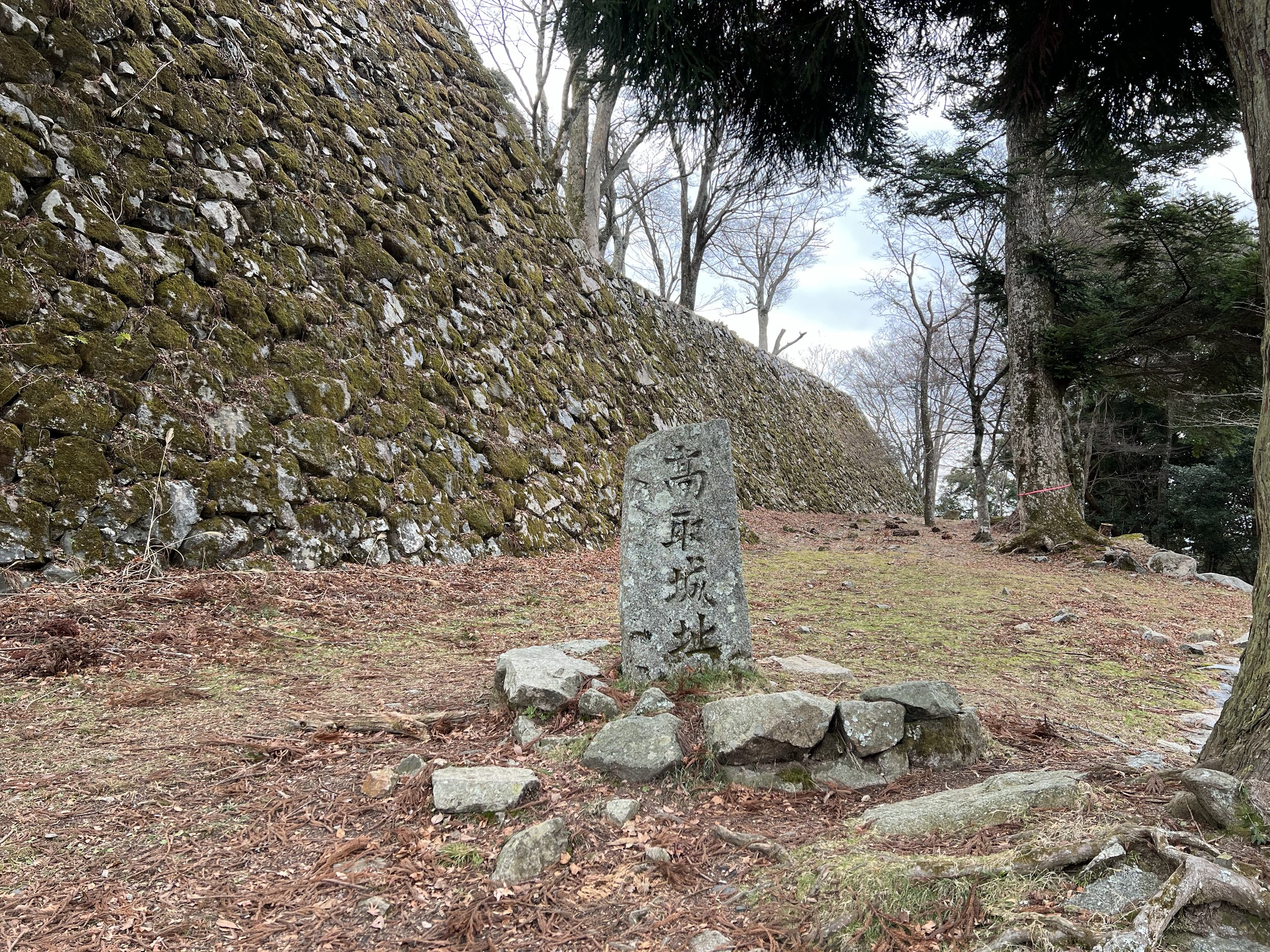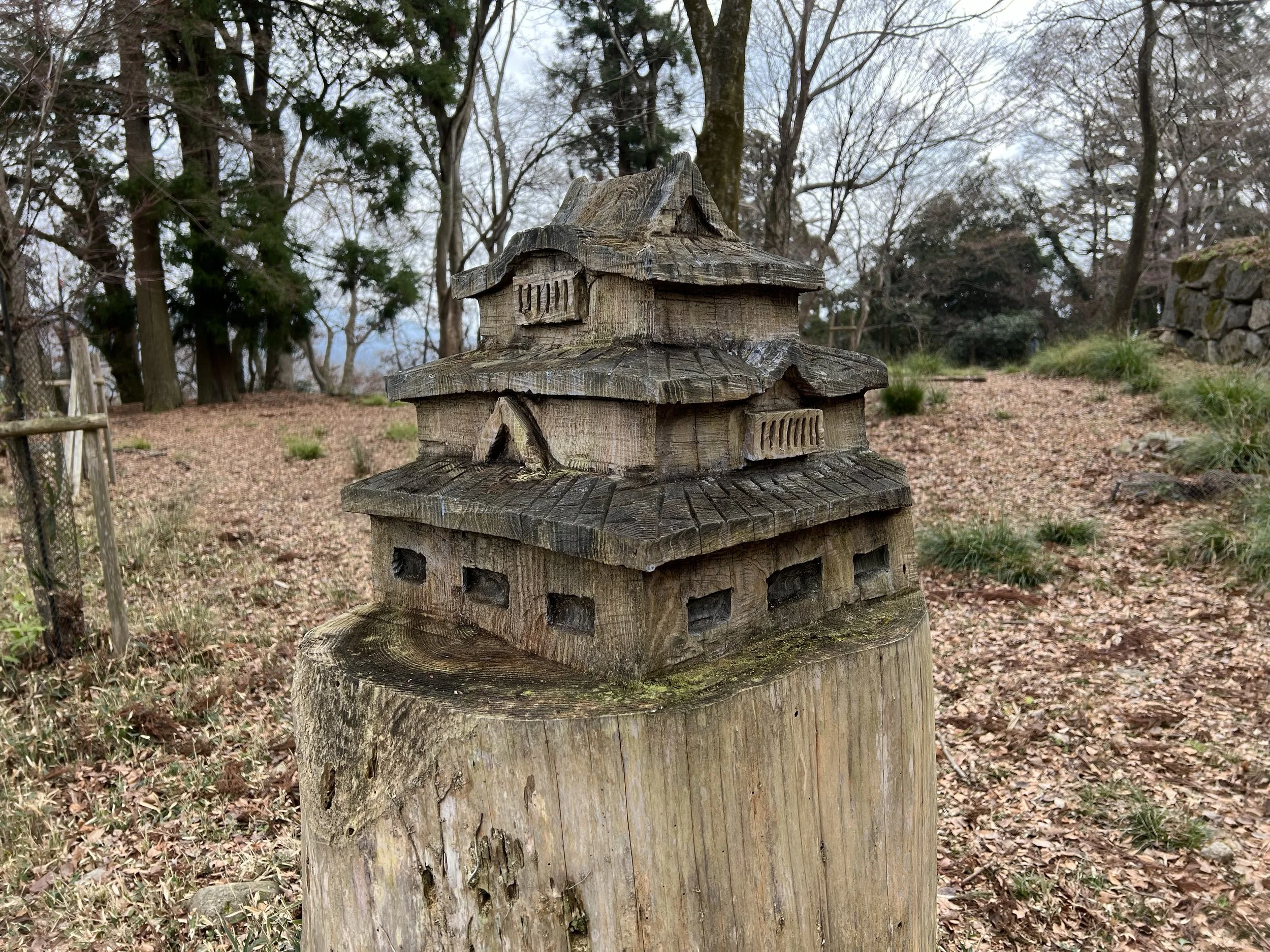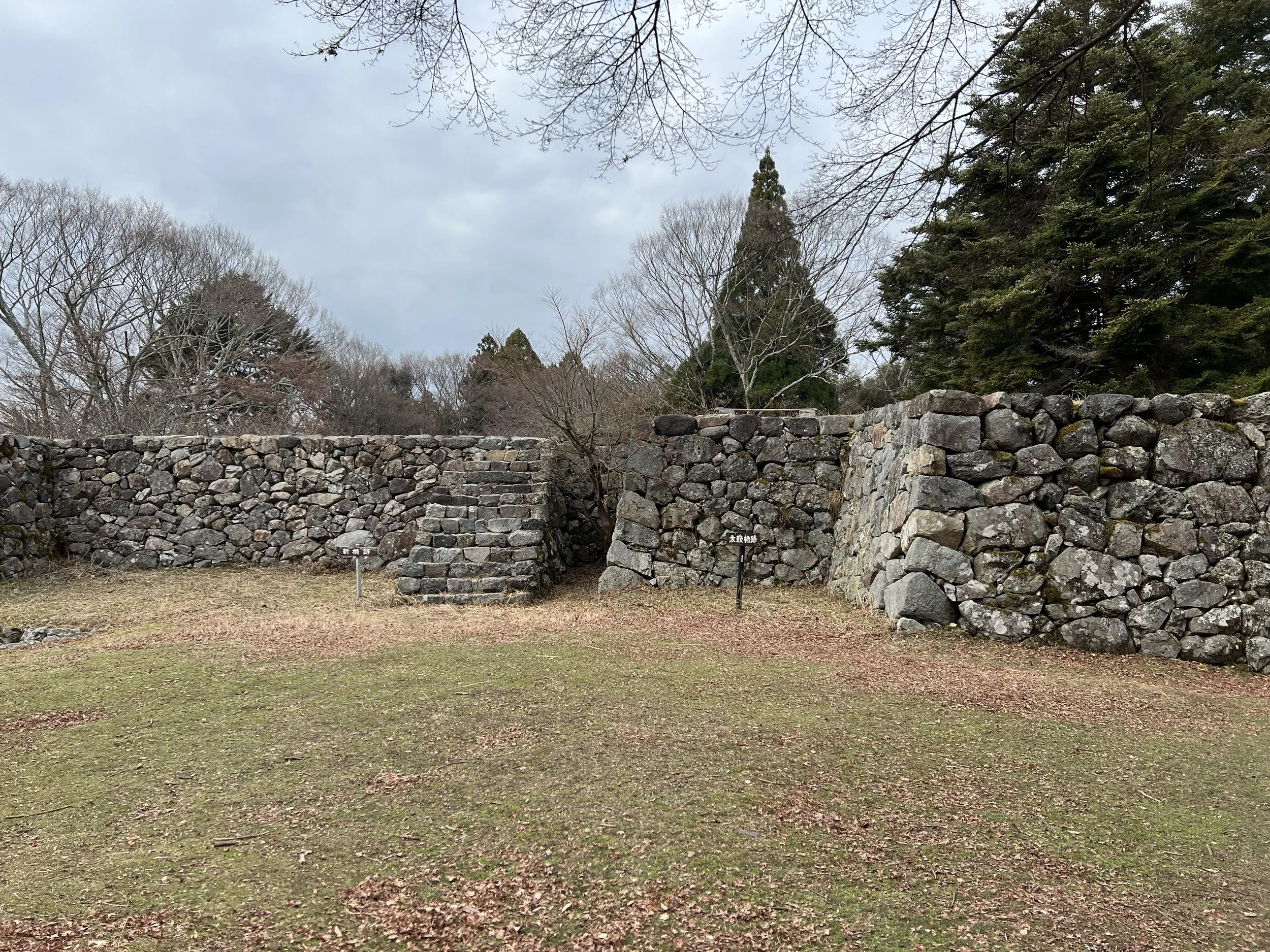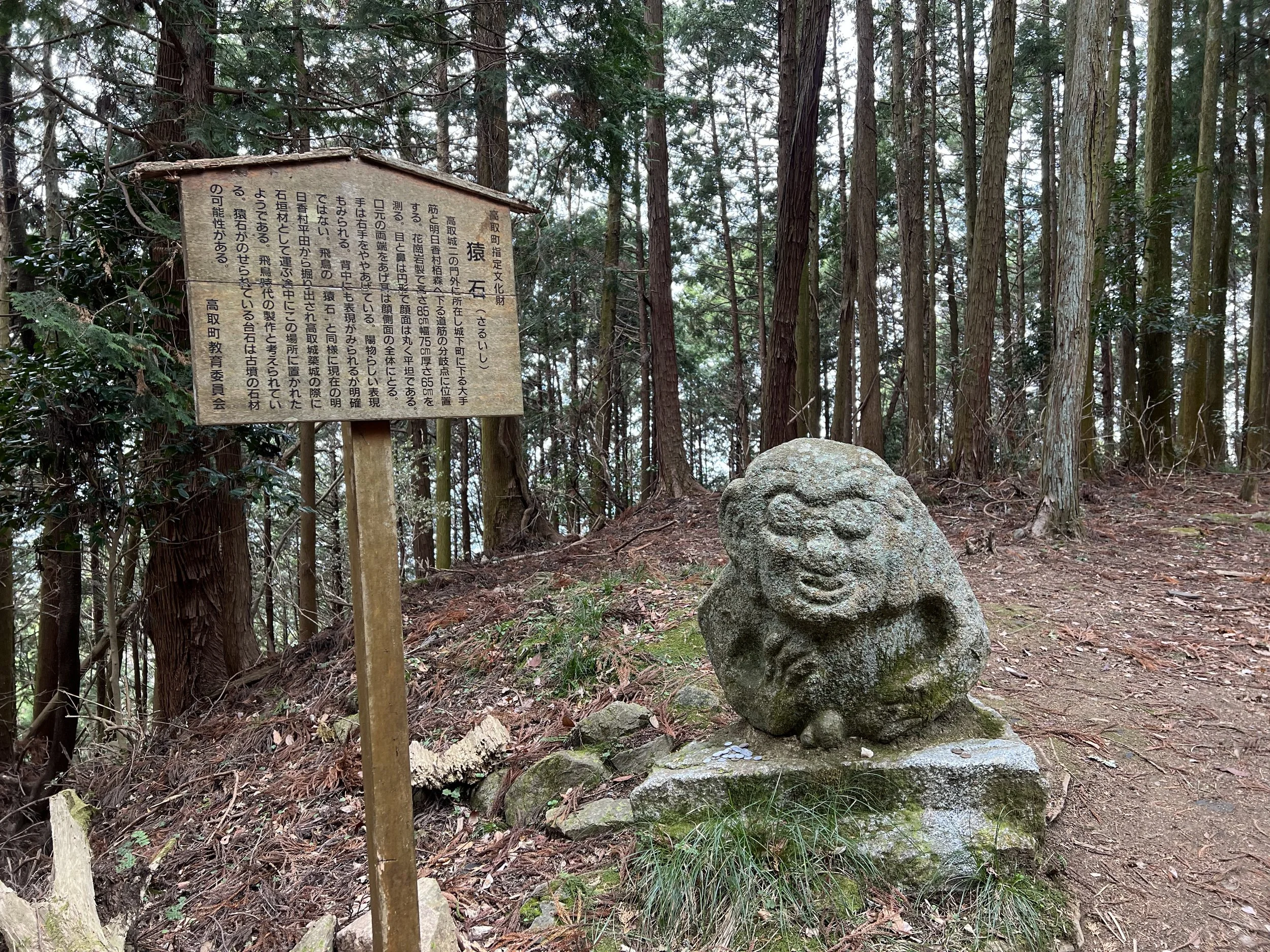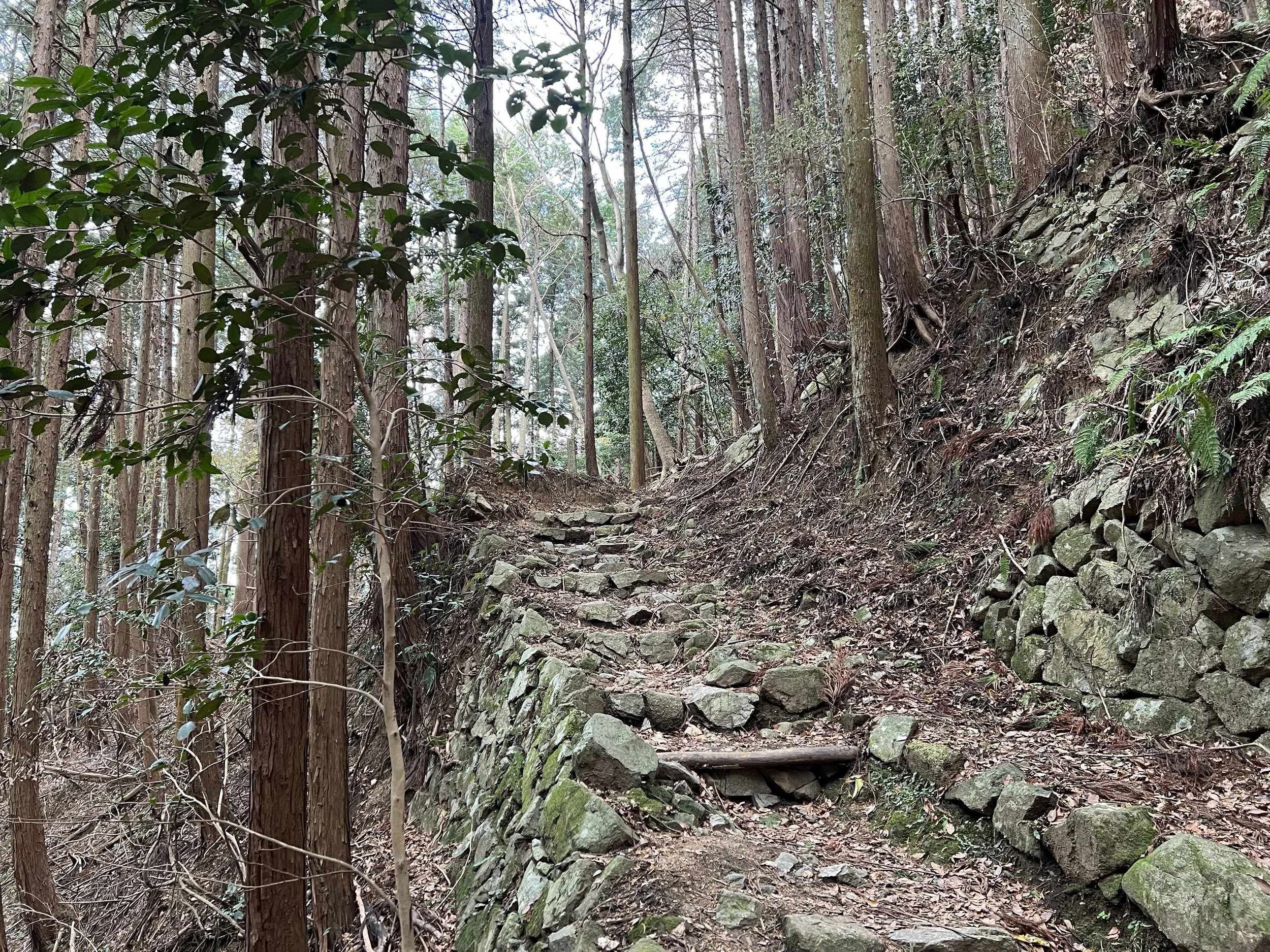Takatori Castle Ruins - Nara, Japan
Visiting Takatori Castle wasn’t part of my original plan. I had only intended to see Tsubosaka-dera Temple and then take the bus back down to explore other spots in the area. After wandering through the temple grounds, I realized I still had plenty of time, and since the trailhead to the castle ruins began right at the temple entrance, I decided to go for it.
I hadn’t done any research beforehand, so I quickly looked up the route before setting off. The first stretch followed a quiet mountain road behind the temple before connecting to the trail. It started off gently—well maintained and gradually ascending—until I reached the first point of interest: the Five Hundred Arhats. I didn’t count them (and I doubt anyone could), but there were hundreds of stone figures lined along the trail, creating an almost otherworldly atmosphere.
As I continued, the path became less maintained. Certain sections were completely covered in fallen leaves, making it hard to tell where the trail actually was. I carefully watched my footing until the terrain improved near a fork—one way leading to Hachiman Shrine and the other to the castle ruins.
Having done no research, I read every sign along the way. That’s when I learned Takatori Castle is considered one of Japan’s Three Great Mountain Castles, alongside Iwamura Castle in Gifu and Bitchu Matsuyama Castle in Okayama. Near the peak, I came across a wooden carving depicting what the castle once looked like. Standing among the towering stone walls, I couldn’t help but admire the craftsmanship that went into building such an impressive fortress high up in the mountains.
The descent was another story. The route I took up turned out to be the easier path; the main trail down was steep and wound sharply through dense forest. It was easy to understand why Takatori Castle earned a reputation as Japan’s strongest mountain fortress—attacking it would have been a formidable challenge.
Once I reached the bottom, I wandered through the castle town below. Several old samurai residences still remain, giving the area a nostalgic charm. I’m glad I made this spontaneous detour. Not only did I learn more about this fascinating castle, but I also decided to add visiting all three of Japan’s great mountain castles to my must-see list.
History & Background
Takatori Castle (高取城), located in Nara Prefecture, dates back to the late 16th century. Built during Japan’s feudal era, it served as the seat of the Takatori Domain and was known for its massive stone walls and strategic mountaintop location at 584 metres above sea level. The castle was constructed to take advantage of the natural terrain, making it nearly impregnable to enemy forces. During its peak, it housed the Oda and later the Honda clans. Today, only the stone foundations remain, but their scale and precision continue to impress visitors, offering a glimpse into the architectural prowess of Japan’s Sengoku period.
Japan’s Three Great Mountain Castles: Read about the other two castle ruins here — Iwamura Castle Ruins and Bitchu Matsuyama Castle.
Getting There
From Osaka or Kyoto, take the Kintetsu Line to Yamato-Yagi Station. From there, transfer to the Nara Kotsu Bus bound for Tsubosakaderakuchi Bus Stop. The journey takes about 90 minutes in total. The trailhead begins directly at the entrance of Tsubosaka-dera Temple, making it convenient to combine a temple visit with the castle hike. After descending from the castle, you can follow the path down to the historic castle town and catch the bus back from Komatsuzuka Bus Stop.
Route Overview
Distance: 14.02 km (Tsubosaka Temple → Komatsuzuka Bus Stop)
Total elevation gain: 462 m
Duration: 3 hr 22 min (with breaks 3 hr 46 min)
Difficulty: Intermediate
Peak: Takatori Castle Ruins 高取城跡 584 m
Cost Breakdown
Train: Sakurai Station → Yamato-Yagi Station — ¥240
Bus: Yamato-Yagi Station → Tsubosakaderakuchi Bus Stop — ¥620
Vending Machine: ¥140
